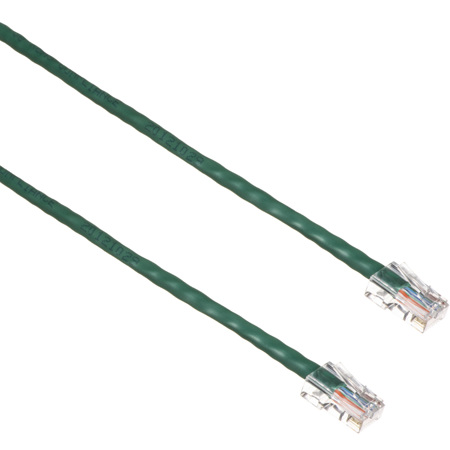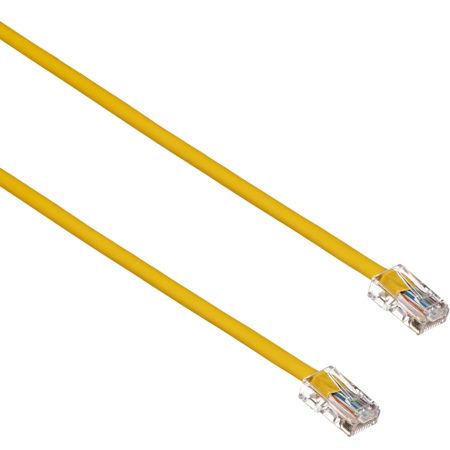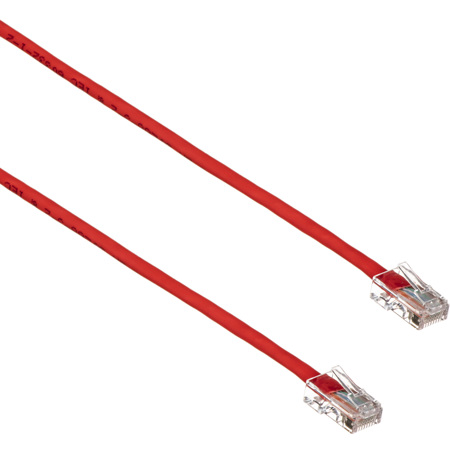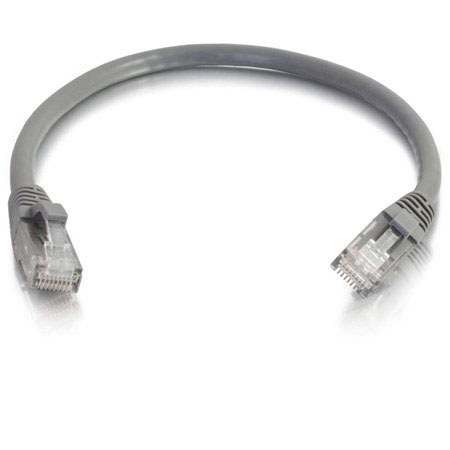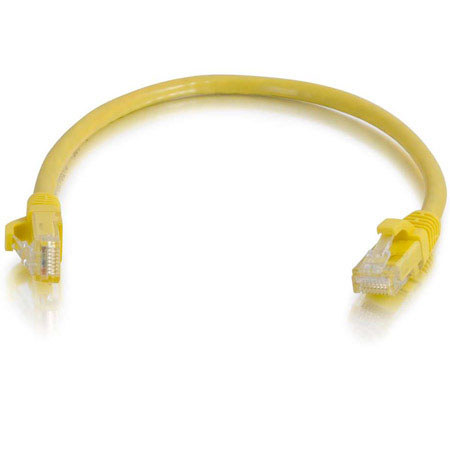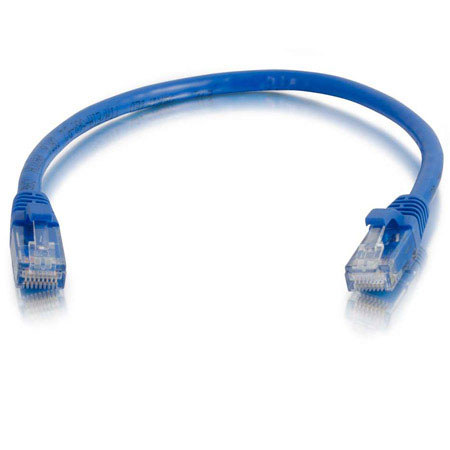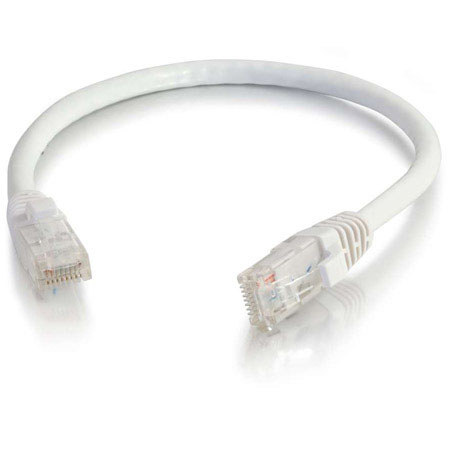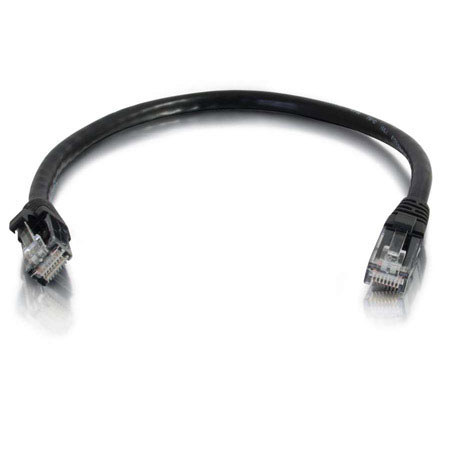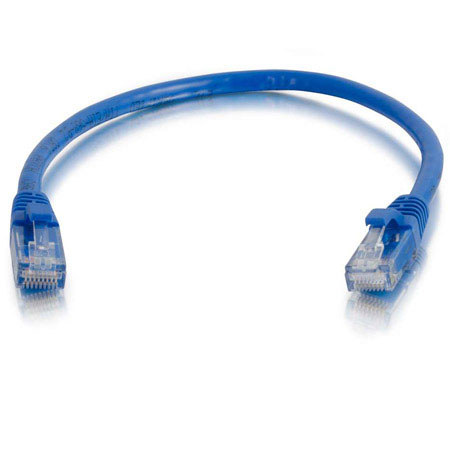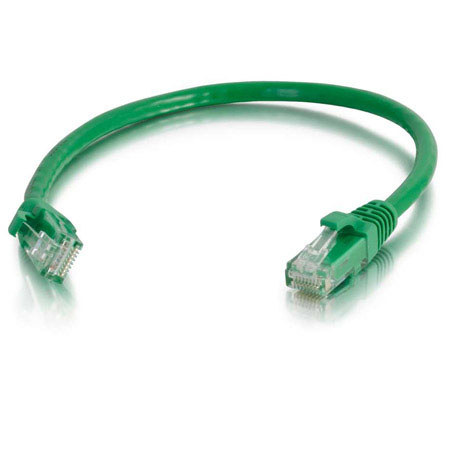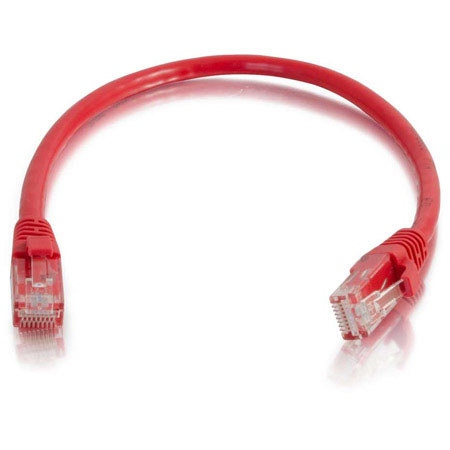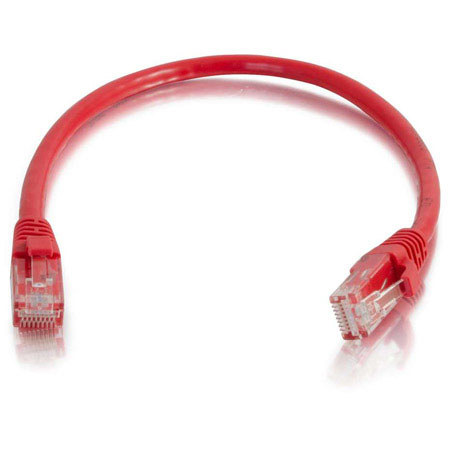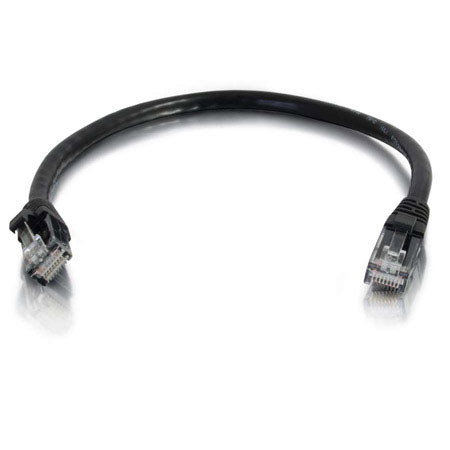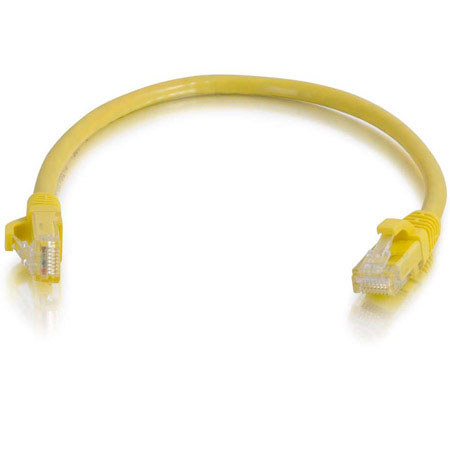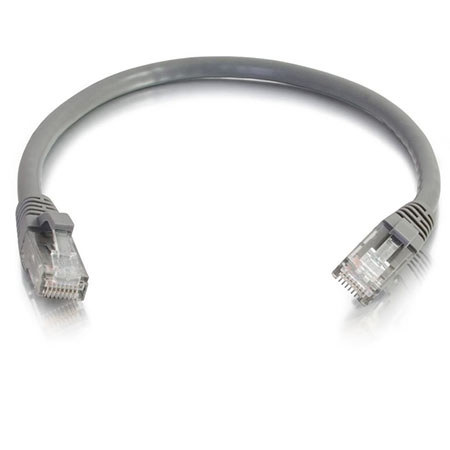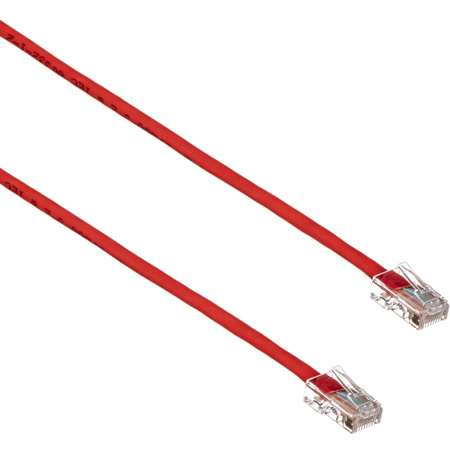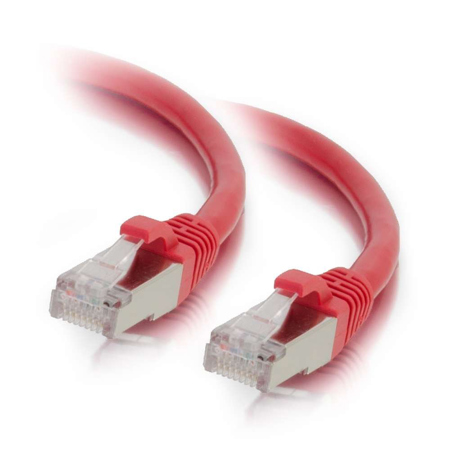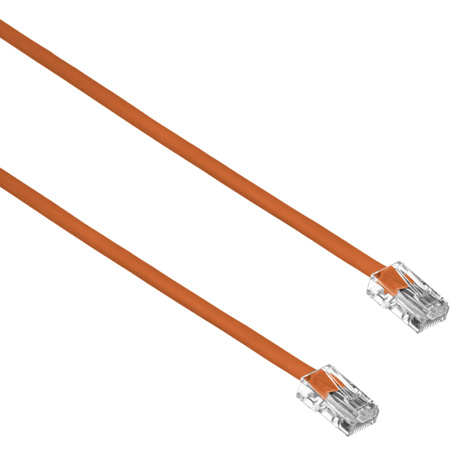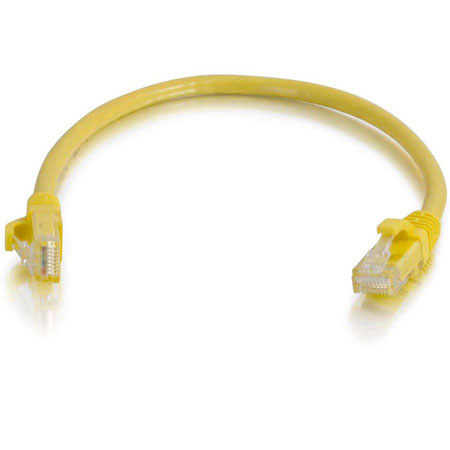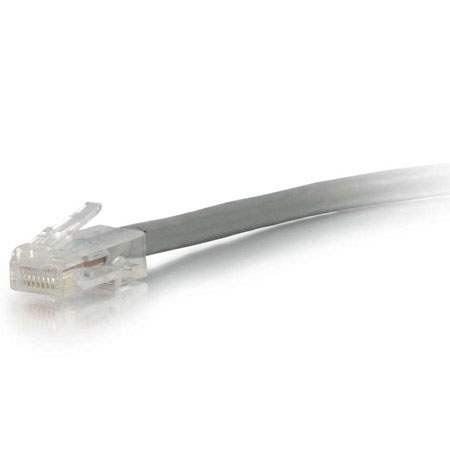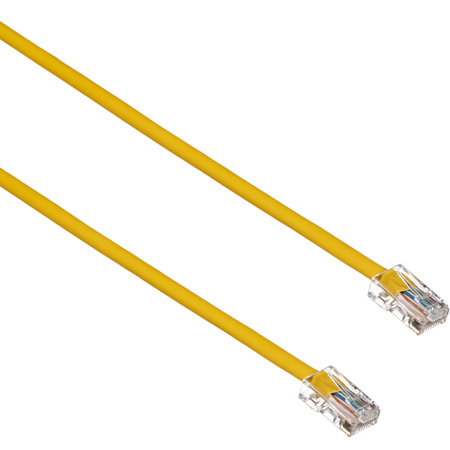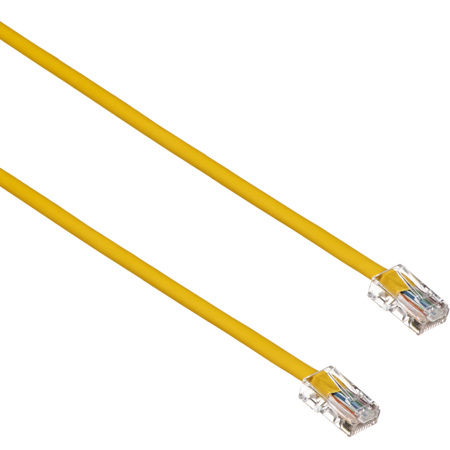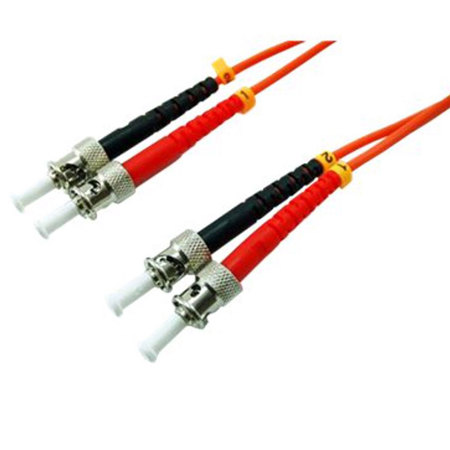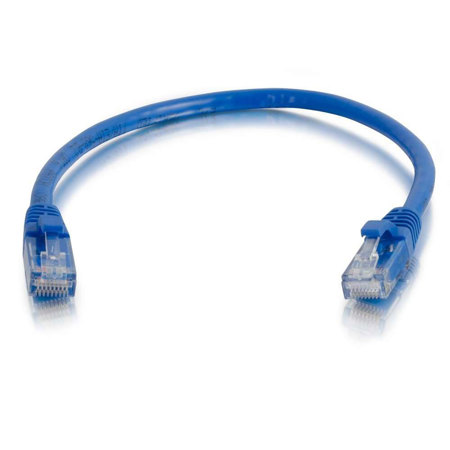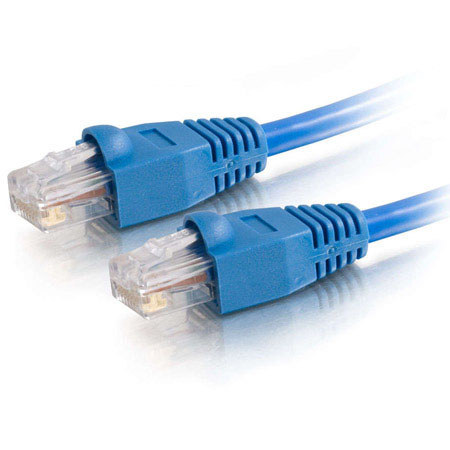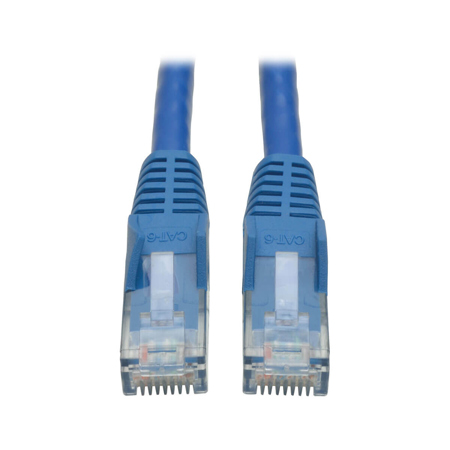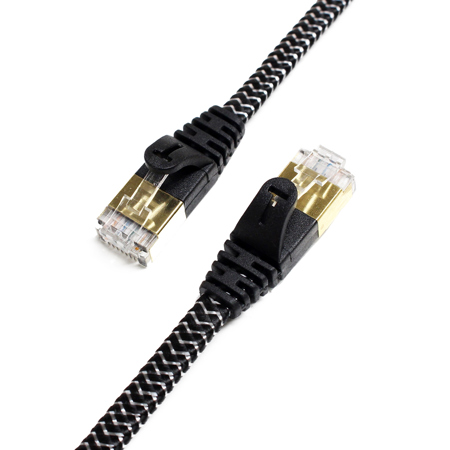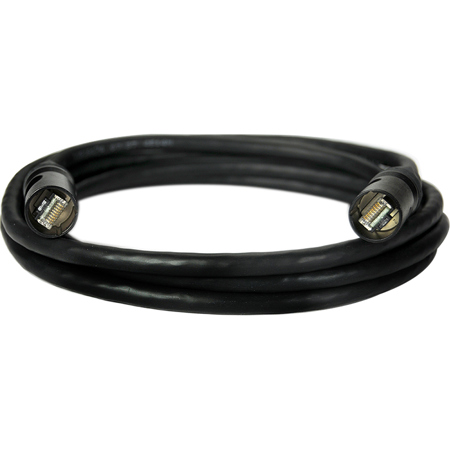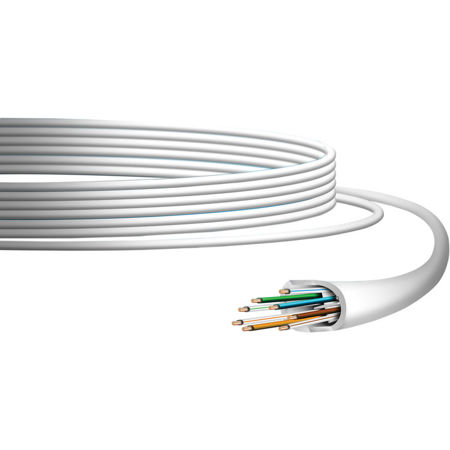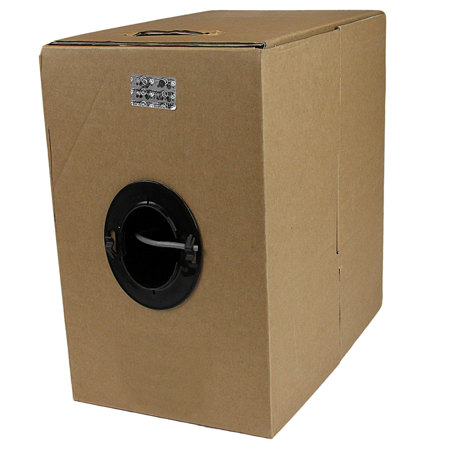Color Coded Network Cables
In today’s fast-paced digital environments, color coded network cables have become an essential tool for anyone managing or expanding a network—whether in a bustling corporate data center, a school’s IT lab, or a creative studio filled with multimedia workstations. The use of distinct cable colors brings clarity and efficiency to even the most complex wiring setups. For IT professionals, system integrators, or even tech-savvy home users, the ability to instantly identify a cable’s function by its color can be a game-changer when troubleshooting, upgrading, or simply keeping things organized. Imagine a server room where blue cables reliably connect computers to switches, yellow lines clearly mark Power over Ethernet (PoE) connections powering security cameras or VoIP phones, and red cables stand out as critical links for emergency systems. This visual roadmap not only streamlines maintenance but also reduces downtime—especially important during the busy summer months when network traffic spikes and quick fixes are often needed.
Color coded network cables aren’t just for large-scale operations. Home offices, small businesses, and even gaming setups benefit from this organizational approach. For example, a freelance photographer managing massive image files can use green cables for direct computer-to-computer transfers, while reserving black cables for connecting peripherals like printers or backup drives. In educational settings, teachers and students can easily distinguish between connections for different classroom devices, minimizing confusion and accidental unplugging. For those who love to tinker, upgrade, or gift practical tech to friends and family, a set of color coded cables makes a thoughtful and useful present—especially as summer brings new projects and opportunities for home improvement. The vivid hues not only add a splash of color to otherwise drab workspaces but also serve a vital functional purpose, making them a favorite among network administrators and tech enthusiasts alike.
When selecting color coded network cables, consider both the environment and the specific needs of your network. Consistency in your color scheme is key; always using the same color for a particular connection type ensures everyone on your team—or anyone who inherits your setup—can quickly understand the network’s layout. For those building out more complex systems, colors like grey, white, orange, purple, or pink provide additional flexibility for specialized functions or future expansion. Regardless of the application, investing in high-quality cables that match your bandwidth and durability requirements is always wise. As you browse the wide selection of Computer Networking Cables, keep in mind that a well-organized, color-coded network not only looks professional but also saves time and stress in the long run, ensuring smooth operation whether you’re streaming content, managing sensitive data, or simply keeping your digital life running seamlessly.
Color coded network cables aren’t just for large-scale operations. Home offices, small businesses, and even gaming setups benefit from this organizational approach. For example, a freelance photographer managing massive image files can use green cables for direct computer-to-computer transfers, while reserving black cables for connecting peripherals like printers or backup drives. In educational settings, teachers and students can easily distinguish between connections for different classroom devices, minimizing confusion and accidental unplugging. For those who love to tinker, upgrade, or gift practical tech to friends and family, a set of color coded cables makes a thoughtful and useful present—especially as summer brings new projects and opportunities for home improvement. The vivid hues not only add a splash of color to otherwise drab workspaces but also serve a vital functional purpose, making them a favorite among network administrators and tech enthusiasts alike.
When selecting color coded network cables, consider both the environment and the specific needs of your network. Consistency in your color scheme is key; always using the same color for a particular connection type ensures everyone on your team—or anyone who inherits your setup—can quickly understand the network’s layout. For those building out more complex systems, colors like grey, white, orange, purple, or pink provide additional flexibility for specialized functions or future expansion. Regardless of the application, investing in high-quality cables that match your bandwidth and durability requirements is always wise. As you browse the wide selection of Computer Networking Cables, keep in mind that a well-organized, color-coded network not only looks professional but also saves time and stress in the long run, ensuring smooth operation whether you’re streaming content, managing sensitive data, or simply keeping your digital life running seamlessly.
